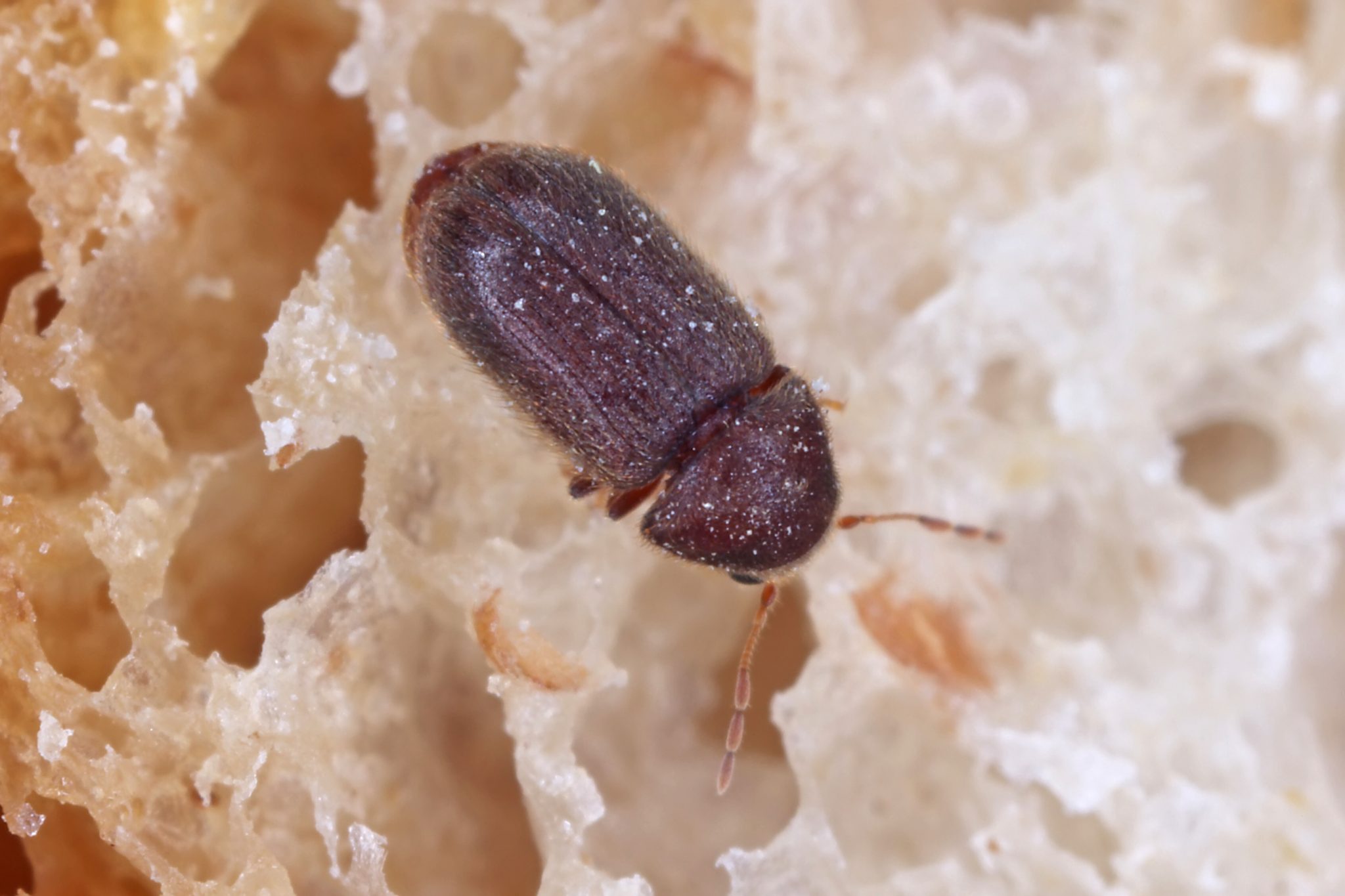Identifying Little Brown Flying Bugs: Little Brown Flying Bugs In Bathroom

Okay, so you’ve got these little brown flying bugs in your bathroom, and you’re like, “What the heck are these things?” Don’t worry, we’ve all been there. It’s super common, and we’re here to help you figure out what’s buzzing around your shower.
Appearance of Little Brown Flying Bugs
These little guys are usually pretty small, about the size of a fruit fly, maybe a little bit bigger. They’re, well, brown, obviously, and they’ve got these little wings that are kind of clear, like a moth’s wings. They might have some markings on their bodies, but they’re usually pretty subtle.
Common Characteristics of Little Brown Flying Bugs
These bugs are often found in bathrooms, kitchens, and other damp areas of the house. They love to hang out around drains, sinks, and even your shower curtain. They’re attracted to moisture and food scraps, so make sure to keep those areas clean and dry.
Comparing Little Brown Flying Bugs to Other Insects
These little brown bugs can be mistaken for other insects, like fruit flies, moths, or gnats. Here’s how to tell them apart:
- Fruit flies are usually smaller and have red eyes. They’re attracted to fruit, while these brown bugs are more attracted to moisture.
- Moths are usually bigger and have fuzzy bodies. They’re attracted to light, while these brown bugs are more attracted to damp areas.
- Gnats are smaller and have a more pointed head. They’re attracted to decaying organic matter, while these brown bugs are more attracted to moisture.
Understanding the Source of Infestation

You’ve identified those little brown flying bugs in your bathroom, and now you’re ready to take action. But before you grab the bug spray, it’s important to understand where they’re coming from. This knowledge will help you effectively address the problem and prevent future infestations.
Typical Entry Points
These tiny intruders can sneak into your bathroom through a variety of openings. Common entry points include:
- Cracks in walls: Tiny gaps in your walls, especially around pipes and fixtures, provide easy access for these bugs.
- Windows: Even small gaps around windows or broken seals can allow these little flyers to enter.
- Ventilation systems: Bathroom vents, if not properly sealed, can act as a highway for these bugs.
Factors That Attract Bugs
Bathrooms are a haven for these little guys for several reasons:
- Moisture: Bathrooms are naturally humid environments, which is ideal for many insects.
- Food sources: These bugs are attracted to organic matter, such as hair, skin flakes, and food crumbs.
- Stagnant water: Standing water in drains, sinks, or even a leaky faucet can provide a breeding ground for these insects.
Potential Breeding Grounds, Little brown flying bugs in bathroom
Here are some common areas within the bathroom that these bugs might be calling home:
- Drains: Drains, especially those that aren’t used frequently, can harbor insects.
- Garbage bins: Food scraps and other organic waste attract bugs.
- Damp areas: Areas with persistent moisture, like under the sink or around leaky pipes, can provide ideal conditions for breeding.
Effective Control and Prevention Strategies
These little brown flying bugs can be a real nuisance, but don’t worry, you can banish them from your bathroom with the right strategies. Here’s a guide to help you get rid of them and prevent them from coming back.
Eliminating the Bugs
To effectively get rid of these pesky bugs, you need to attack them on multiple fronts. This includes using traps, insecticides, and even some natural remedies.
- Traps: Sticky traps can be effective in catching these flying bugs. Place them near areas where you’ve seen them, like around windows or in corners. You can also use light traps, which attract the bugs with ultraviolet light and then trap them.
- Insecticides: Insecticides can be used to kill the bugs, but use them cautiously. Choose a product specifically designed for flying insects and follow the instructions carefully. Always ensure proper ventilation when using insecticides and keep them away from children and pets.
- Natural Remedies: Some natural remedies can help deter these bugs. For example, try placing bowls of water with a few drops of dish soap near areas where you’ve seen them. The bugs will be attracted to the water, but the soap will trap them. You can also try using essential oils like peppermint or tea tree oil. These oils have a strong scent that can repel bugs.
Preventing Future Infestations
Once you’ve gotten rid of the bugs, you need to take steps to prevent them from returning. Here are some tips:
- Seal Entry Points: Inspect your bathroom for any cracks or gaps in the walls, windows, or doors. Seal these areas with caulk or weather stripping to prevent bugs from entering.
- Maintain Bathroom Hygiene: Keep your bathroom clean and dry. Wipe down surfaces regularly, especially after showers or baths. Clean up spills promptly, and don’t leave dirty dishes or towels lying around.
- Reduce Moisture Levels: These bugs thrive in damp environments. Make sure your bathroom is well-ventilated. Use an exhaust fan during and after showers or baths. Fix any leaky pipes or faucets promptly.
Comparing Control Methods
| Method | Effectiveness | Safety | Cost |
|---|---|---|---|
| Sticky Traps | Moderate | High | Low |
| Insecticides | High | Moderate | Moderate |
| Natural Remedies | Low | High | Low |
